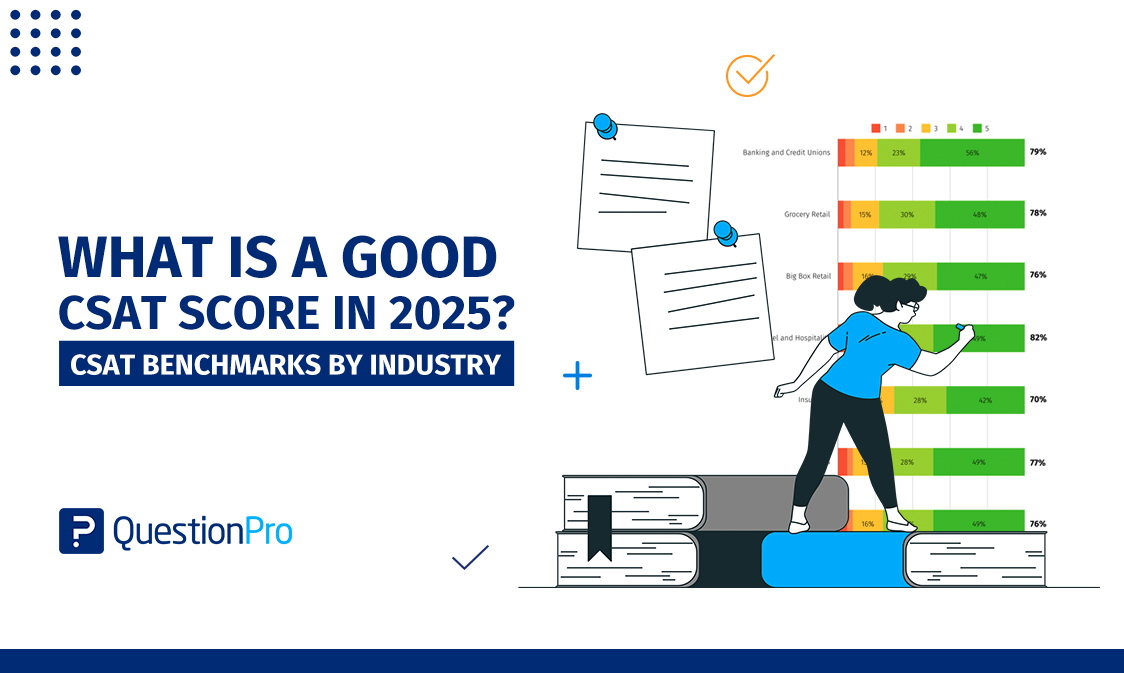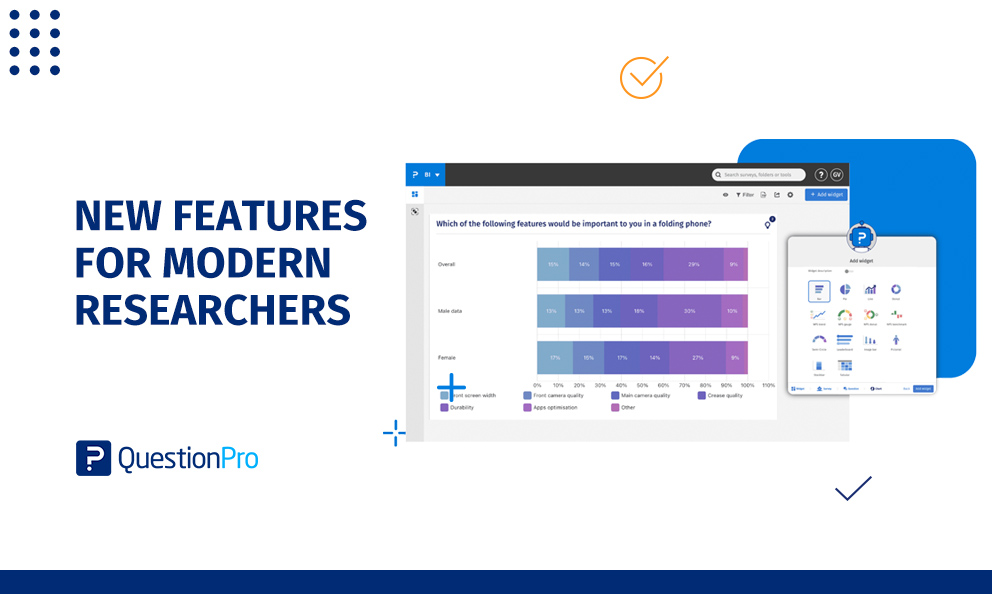
Feedback and insights are so important for our professional growth! It’s great to know what we’re doing well and where we can improve. 360-degree feedback questions help you gather input from employees, managers, and customers. It can help you uncover strengths, identify growth areas, and guide professional development in a much more balanced way.
Unlike traditional feedback, which usually comes from a manager, 360-degree feedback involves feedback from various people who interact with the employee, such as colleagues, direct reports, and even customers. But to make this feedback valuable, you have to ask the right questions.
In this blog, we’ll explore the essential 360 feedback questions that will help you understand your performance and give you the tools to grow and develop meaningfully.
What is a 360-Degree Feedback Survey?
A 360-degree feedback survey collects feedback about a person from different people, and the situation around them. The survey usually asks questions about things like:
- Communication
- Teamwork and
- Job performance
Hearing from different people shows both strengths and areas that need improvement. It’s the right way for someone to learn how they’re doing and find ways to improve.
Learn More: What Is 360 Degree Feedback? Questions and Examples.
What Are The Benefits of 360 Feedback Questions?
360 feedback questions offer a lot of valuable benefits that make them great tools for personal and professional growth. Here’s how they can help:
- A Well-Rounded View: Instead of just hearing from one person, like a boss, 360-degree feedback gathers feedback from multiple people.
- Identify Strengths and Areas for Improvement: The feedback highlights what someone is doing well and where they can improve. It helps people grow by focusing on both their strengths and weaknesses.
- Encourage Self-Awareness: By getting feedback from others, individuals can gain insight into how they’re seen. This leads to more self-awareness, which is key to personal growth.
- Improve Communication and Relationships: When people get feedback from colleagues and team members, it opens up conversations and builds stronger working relationships. It encourages a culture of trust and open communication.
- Supports Professional Development: The feedback received can be used to set goals and create a development plan. Knowing where to focus effort helps individuals become more effective and reach their full potential.
- Boosts Team Performance: Since 360-degree feedback is often used in teams, it can improve team dynamics. Understanding how each team member contributes (or could contribute) leads to better collaboration and performance.
Learn More: Why should you use the 360 Feedback Tool?
What Makes a Good 360-Degree Review Question?
A good 360-degree review question should be clear, specific, and focused on areas that truly help someone grow and improve. Here’s what makes a question effective:
- Clear and Easy to Understand
The question should be simple and easy to answer. Avoid complex wording that might confuse the person providing feedback.
- Focused on Key Skills
Good questions target important aspects of a person’s role, like communication, leadership, teamwork, problem-solving, and work habits. These are areas that can help someone improve and grow in their job.
- Actionable
A good question should provide useful feedback that leads to action. For example, instead of asking, Is the manager a good leader? Ask something like, How does the manager inspire and motivate the team? This gives clearer feedback that can lead to specific improvements.
- Balanced
It’s important to ask both positive and constructive questions. A good review helps people see what they’re doing well, as well as areas where they can improve. For example:- What does this person do well in meetings?
- What could they do to contribute more effectively in team discussions?
- Focused on Behaviors, Not Personality
The questions should focus on specific actions and behaviors rather than general character traits. For example, instead of asking, Is this person friendly? Ask, How does this person build positive relationships with others?
- Encourages Constructive Feedback
A good question encourages honest, constructive feedback. It should make it clear that the goal is to help the person improve, not just to criticize.
By focusing on these qualities, 360-degree review questions can provide valuable feedback that helps individuals grow, improve their skills, and become more effective in their roles.
Learn More: 360 Leadership Assessment.
How to Write 360-Degree Feedback Questions?
Writing effective 360-degree feedback questions is crucial for gathering meaningful insights about an employee’s performance, behavior, and competencies from multiple perspectives (peers, managers, subordinates, and self-assessment). Here’s a structured approach to crafting impactful questions:

1. Start with the Goal in Mind
Before writing any questions, think about the purpose of the feedback. Are you trying to help someone improve their leadership skills? Or maybe you want to understand how they collaborate with others? Knowing the goal will help you create questions that are relevant and meaningful.
For example, if the goal is to improve communication skills, your questions should focus on how employees communicate in different situations.
2. Ask Open-Ended Questions
Yes/no questions don’t give much insight. Open-ended questions encourage detailed responses and provide richer feedback. It can help uncover strengths and areas for improvement.
For example, instead of asking if this person meets deadlines, ask how they manage their time and prioritize tasks to meet deadlines.
3. Focus on Behaviors, Not Personality
Feedback should be about what someone does, not who they are. Avoid questions that sound judgmental or focus on personality traits.
4. Balance Positive and Constructive Feedback
Good feedback isn’t just about pointing out weaknesses; it’s also about recognizing strengths. Include questions that highlight what someone is doing well, as well as areas where they can improve. This balanced approach helps people feel valued while also understanding where they can grow.
5. Keep It Relevant
Make sure your questions are tied to the person’s role and responsibilities. If someone doesn’t manage a team, asking about their leadership skills might not be helpful. Focus on skills and behaviors that matter for their job.
6. Encourage Honesty
People are more likely to give honest feedback if they feel safe and supported. Use neutral language and avoid leading questions. This creates a space for honest, unbiased feedback.
7. Test Your Questions
Before rolling out the feedback survey, test your questions with a small group. You need to check:
- Are they clear?
- Do they provide useful answers?
Testing helps you spot any confusing or irrelevant questions.
Learn More: 360 feedback software to help transform how someone leads the organization.
Example of 360 Feedback Questions
Here are the main types of questions you’ll often see in a 360 feedback survey, along with lots of examples that feel real and relatable:
Rating Scale Feedback Questions
Rating scales are the most common. You’re asked to rate someone on a scale (1 to 5 or 1 to 10) for specific skills or behaviors.
- On a scale of 1 to 5, how well does this person communicate their ideas during meetings?
- How effectively does this person manage their time and prioritize tasks? (1 = Needs Improvement, 5 = Excellent)
- Rate this person’s ability to handle conflict in the team.
- How well does this person adapt to change or unexpected challenges?
- On a scale of 1 to 10, how approachable is this person when team members need help?
They’re quick to answer and give clear, measurable feedback.
Open-Ended Questions
Open-ended questions let people write their thoughts in their own words. They’re great for getting detailed, specific feedback.
- What do you think is this person’s biggest strength at work?
- What’s one thing this person could do differently to be more effective?
- Can you share an example of when this person went above and beyond?
- What’s one behavior this person should start, stop, or continue doing?
Yes/No or Dichotomous 360 Feedback Questions
Dichotomous questions only need a “yes” or “no” answer. They’re often used to get quick, clear responses.
- Does this person actively listen to others during discussions? (Yes/No)
- Does this person provide constructive feedback to their team?
- Is this person approachable when you need help or guidance?
- Does this person consistently meet deadlines?
- Does this person encourage innovation and new ideas?
- Does this person demonstrate respect for diverse perspectives?
They’re simple and help identify clear patterns in behavior.
Behavioral Feedback Questions
These questions focus on specific actions or behaviors. These star questions are designed to assess how often or how well someone conveys certain skills.
- How often does this person take the lead on new projects?
- Always
- Often
- Sometimes
- Rarely
- Never
- Does this person encourage teamwork and collaboration?
- How consistently does this person follow through on their commitments?
- How often does this person seek feedback to improve their performance?
- How frequently does this person recognize and appreciate the efforts of others?
They help identify patterns in behavior and highlight areas for improvement.
Self-Assessment Questions
In 360 feedback, you also evaluate yourself. These questions let you reflect on your own performance and compare it to how others see you.
- How would you rate my ability to manage stress and pressure?
- What do you think is my biggest strength as a team member?
- In what area do you feel I need the most improvement?
- How would you describe my communication style with your team?
Comparative Questions
These questions ask people to compare their performance to a standard or to others in the organization.
- Compared to others at the same level, how effective is this person at problem-solving?
- How does this person’s leadership style compare to the ideal leader in our company?
- How does this person’s ability to collaborate compare to others on the team?
- Compared to others, how innovative is this person in their approach to challenges?
Learn More: 360-degree Review Survey Template.
Why 360 Feedback Questions Matter for the Employee Experience?
360-degree feedback is a chance for employees to learn and grow. It’s a way to support their team’s development and build a culture of openness and continuous improvement. But none of this happens without the right questions.
When the questions are clear, specific, and focused on growth, the feedback becomes a powerful tool for personal and professional development. It’s not about pointing fingers—it’s about helping everyone become the best version of themselves at work.
Why You Need to Try Out QuestionPro Workforce for 360 Feedback Survey?
Collecting 360-degree feedback is important for organizations to understand employee performance and leadership skills from all angles. QuestionPro Workforce is designed to make this actionable feedback process smoother, faster, and more effective. Here’s how it can help:
1. User-Friendly Platform
QuestionPro Workforce offers a simple, easy-to-use platform for collecting feedback. The interface is easy tu use, so even those who aren’t tech-savvy can quickly get started.
2. Customizable Feedback Forms
Every organization is unique, and QuestionPro Workforce understands that. The platform allows you to create customized 360-degree feedback forms to suit your organization’s needs. Whether you’re focused on leadership, teamwork, or communication, you can adjust the assessments to match your goals.
3. Feedback Collection from Multiple Sources
One of the key benefits of 360-degree feedback is getting feedback from different people. With QuestionPro Workforce, you can collect feedback from whomever you want.
4. Automated Reminders and Tracking
The platform automates the process from sending out surveys to reminding people to fill them out. It also tracks who has responded and who still needs to.
5. AI-Powered Insights
QuestionPro Workforce uses AI technology to help analyze feedback, especially open-ended responses. AI helps you spot trends and patterns in the helpful feedback, making it easier to understand each employee’s strengths and improvement areas.
6. Support Every Step of the Way
QuestionPro Workforce offers excellent customer support, so you’re never alone in the process. From setting up surveys to analyzing results, their team is available to help you every step of the way.
QuestionPro Workforce makes collecting 360-degree feedback simpler, more organised, and more insightful. It’s a powerful tool to help organisations improve employee performance and growth, all while saving time and effort.
Conclusion
The questions we’ve covered in this blog are designed to help individuals identify their strengths, recognise areas for improvement, and take action towards being better at their jobs. 360-degree feedback can be a game-changer regarding interpersonal skills and professional growth. But you need to ask the right questions to get the most out of the process.
Use 360 feedback as a continuous development tool so employees can manage and the organization can flourish and achieve more.
QuestionPro Workforce makes 360-degree feedback simpler, more organized, and more insightful. Get in touch with QuestionPro today!
Frequently Asked Questions(FAQs)
Answer: 360 feedback questions help organizations identify strengths, areas for improvement, and development opportunities, leading to more well-rounded performance evaluations.
Answer: Survey platforms like QuestionPro, SurveyMonkey, and Google Forms can help create, distribute, and analyze 360 feedback questionnaires efficiently.
Answer: Types of questions include rating scale questions, open-ended questions, yes/no questions, behavioral questions, and self-assessment questions. Each type serves a different purpose in providing well-rounded feedback.
Answer: Traditional feedback typically comes from one source, such as a manager, while 360-degree feedback involves multiple perspectives from peers, subordinates, and other relevant individuals. This gives a more comprehensive and balanced view of an employee’s performance.
Answer: Start with the goal in mind, focus on specific behaviors, ask open-ended questions, and balance positive and constructive feedback. Additionally, make sure your questions are relevant and encourage honesty.






